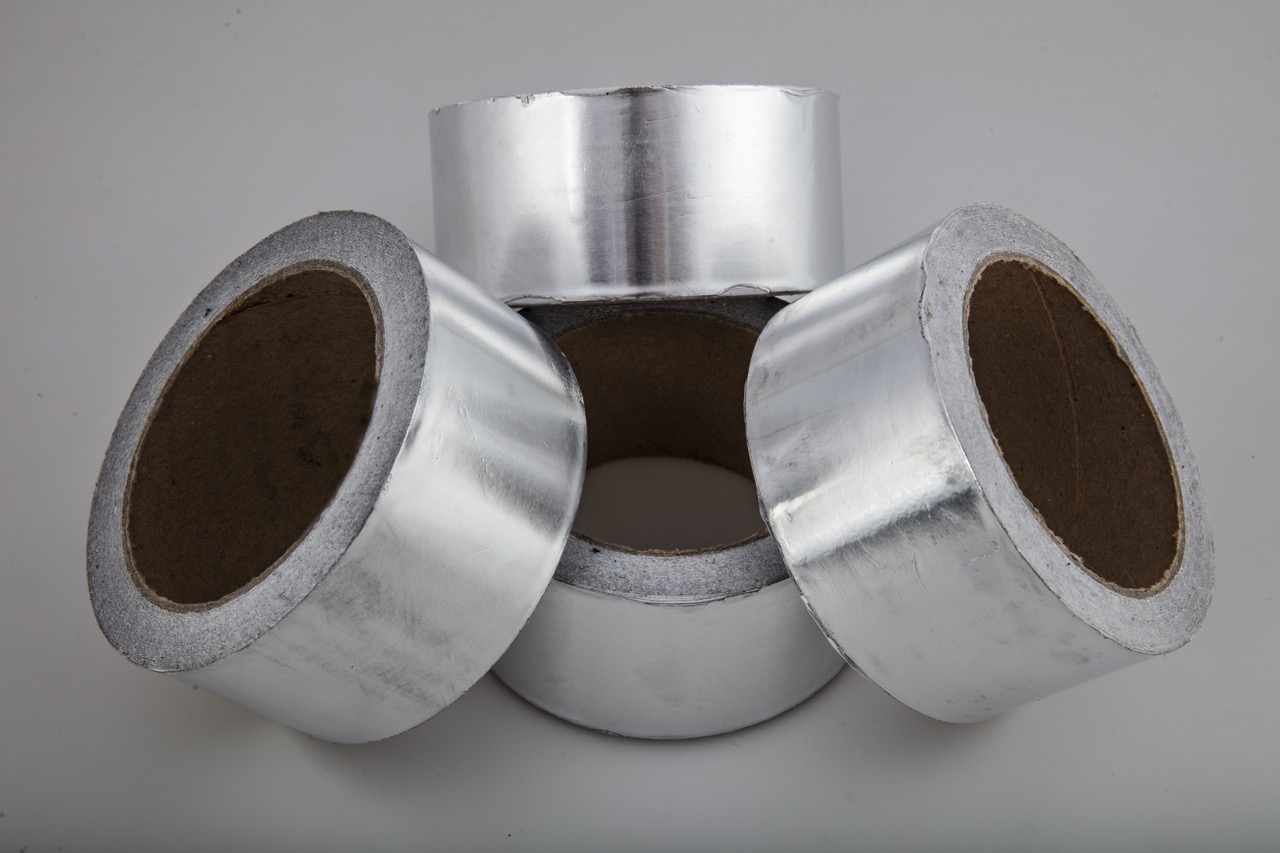

Articles
What Is HVAC Tape
Modified: January 8, 2024
Learn all about HVAC tape in this informative article. Discover the types, uses, and benefits of using HVAC tape for various applications.
(Many of the links in this article redirect to a specific reviewed product. Your purchase of these products through affiliate links helps to generate commission for Storables.com, at no extra cost. Learn more)
Introduction
When it comes to HVAC (Heating, Ventilation, and Air Conditioning) systems, there are various components that work together to ensure optimal performance. One such component that plays a crucial role in the efficiency and effectiveness of these systems is HVAC tape.
HVAC tape, also known as duct tape or foil tape, is a specialized adhesive tape that is specifically designed for use in HVAC applications. It is used to seal, join, and secure HVAC ductwork, ensuring that air does not escape or leak from the system. HVAC tape is an essential tool for HVAC technicians and installers as it helps to maintain the integrity of the ductwork and maximize the overall efficiency of the system.
In this article, we will delve into the world of HVAC tape, exploring its definition, types, considerations for choosing the right tape, proper installation techniques, its benefits, limitations, and alternative options.
So, whether you are a homeowner looking to seal your ductwork or an HVAC professional seeking to enhance your knowledge of HVAC tape, read on to discover everything you need to know about this vital component of HVAC systems.
Key Takeaways:
- HVAC tape is a versatile adhesive tool designed for sealing, joining, and securing HVAC ductwork, enhancing energy efficiency, improving indoor air quality, and reducing heating and cooling costs.
- Proper installation and selection of HVAC tape are crucial for creating a reliable and airtight seal, ensuring optimal performance and longevity of HVAC systems.
Read also: 9 Incredible HVAC Tape For 2024
Definition of HVAC Tape
HVAC tape is a type of adhesive tape that is specifically designed for use in HVAC applications. It is a versatile tool that is used to seal, join, and secure HVAC ductwork, ensuring that air does not escape or leak from the system. HVAC tape is typically made from materials such as aluminum foil, acrylic adhesive, or rubber-based adhesive.
The primary function of HVAC tape is to create an airtight seal between duct sections, joints, and connections. This prevents air leakage, which can negatively impact the efficiency and performance of the HVAC system. HVAC tape is also used for insulation purposes, providing a barrier to prevent heat or cold transfer.
HVAC tape comes in various forms, including foil tapes, cloth tapes, and mastic tapes. Foil tapes are made from aluminum foil and are known for their strength, durability, and resistance to moisture, temperature changes, and UV rays. Cloth tapes, on the other hand, are made from cloth or fabric material and offer excellent flexibility and conformability. Mastic tapes, which are thicker and tackier, are used for filling gaps and cracks in ductwork, providing additional insulation and sealing properties.
Overall, HVAC tape is an essential component in HVAC installations and repairs. Its ability to create a strong, airtight seal ensures the efficient operation of HVAC systems, preventing air leaks and maintaining temperature control. It is a valuable tool for both HVAC professionals and homeowners, as it helps to enhance energy efficiency, improve indoor air quality, and reduce heating and cooling costs.
Types of HVAC Tape
When it comes to HVAC tape, there are several different types available on the market. Each type has its own unique characteristics and properties that make it suitable for specific HVAC applications. Here are some of the most common types of HVAC tape:
- Foil Tape: Foil tape, also known as aluminum foil tape, is a popular choice for HVAC applications. It is made from aluminum foil and backed with a strong adhesive. Foil tape is known for its durability, strength, and resistance to moisture, temperature changes, and UV rays. It is commonly used for sealing and joining ductwork, HVAC insulation, and repairing torn or damaged sections of the system.
- Cloth Tape: Cloth tape, also referred to as fabric tape, is made from cloth or fabric material. It offers excellent flexibility and conformability, making it ideal for applications where a tight seal is required. Cloth tape is commonly used for sealing joints, wrapping insulation, and securing HVAC components. It is highly resistant to tearing and provides a reliable seal even in harsh conditions.
- Mastic Tape: Mastic tape is a thicker and tackier type of HVAC tape. It is made from a flexible material that adheres well to various surfaces. Mastic tape is commonly used for filling gaps and cracks in ductwork, providing additional insulation and sealing properties. It offers excellent adhesion and can be molded or shaped to fit irregular surfaces, ensuring a tight and secure seal.
- Foil-Faced Tape: Foil-faced tape combines the benefits of foil tape and mastic tape. It has a foil backing for strength and durability and a layer of mastic adhesive for excellent sealing properties. Foil-faced tape is ideal for sealing rigid ducts and joints, providing an airtight and moisture-resistant seal.
- Pressure-Sensitive Tape: Pressure-sensitive tape is designed to provide instant adhesion when applied to surfaces. It requires pressure to activate the adhesive and create a strong bond. Pressure-sensitive tape is commonly used for temporary fixes, quick repairs, and sealing air leaks in HVAC systems.
It is important to choose the right type of HVAC tape based on the specific requirements of the HVAC application. Factors such as the type of duct material, temperature and humidity levels, and the presence of moisture or harsh chemicals should be considered when selecting the appropriate HVAC tape for the job. Consulting with an HVAC professional or supplier can help in determining the best type of tape for your specific needs.
Choosing the Right HVAC Tape
Choosing the right HVAC tape is crucial for ensuring a proper seal and optimal performance of your HVAC system. With the variety of options available, it is important to consider several factors when selecting the appropriate tape for your specific application. Here are some key factors to consider when choosing HVAC tape:
- Material: HVAC tapes are made from different materials, such as aluminum foil, cloth, or mastic. Consider the properties and suitability of each material for your specific application. For example, if you need a tape that is resistant to moisture and UV rays, opting for foil tape may be the best choice.
- Adhesive Strength: The adhesive strength of HVAC tape is important to ensure a long-lasting and secure seal. Consider the strength of the adhesive and its ability to adhere to different surfaces, especially if you are working with irregular or rough surfaces.
- Temperature Resistance: HVAC systems can experience a wide range of temperatures. Ensure that the tape you choose is designed to withstand the temperature extremes in your HVAC environment. Heat-resistant tape is essential for applications near furnaces or hot equipment, while cold-resistant tape is necessary if your HVAC system is exposed to extremely low temperatures.
- Flexibility and Conformability: Depending on the shape and configuration of your HVAC system, you may need tape that can conform to irregular surfaces and tight corners. Consider the flexibility and conformability of the tape to ensure a tight and secure seal in all areas.
- Moisture Resistance: HVAC systems often encounter moisture, whether from condensation or environmental factors. It is important to choose tape that offers moisture resistance to prevent degradation and maintain the effectiveness of the seal. Look for tapes that have waterproof or moisture-resistant properties.
- Code Compliance: Depending on the regulations and codes in your area, there may be specific requirements for HVAC tape. Ensure that the tape you choose complies with the necessary codes and regulations to meet safety and performance standards.
Consider consulting with HVAC professionals or suppliers to get expert advice on the most suitable HVAC tape for your specific application. They can help you assess your needs, recommend the appropriate tape, and ensure that you choose a product that meets the requirements of your project. By selecting the right HVAC tape, you can ensure a proper seal, enhance the efficiency of your HVAC system, and prolong its lifespan.
Applications of HVAC Tape
HVAC tape plays a crucial role in various applications within the HVAC industry. Its versatility and durable properties make it an essential tool for HVAC technicians and installers. Here are some common applications of HVAC tape:
- Duct Sealing: One of the primary applications of HVAC tape is duct sealing. HVAC systems consist of ductwork that distributes and circulates air throughout a building. HVAC tape is used to seal and secure the joints, seams, and connections of the ductwork, preventing air leakage. Proper duct sealing helps to improve the airflow, energy efficiency, and overall performance of the HVAC system.
- Duct Insulation: HVAC tape is also used for duct insulation purposes. Insulating the ductwork helps to prevent the loss or gain of heat, ensuring optimal temperature control within a building. HVAC tape is used to wrap and secure insulation materials around the ducts, creating a barrier that minimizes the transfer of heat or cold. This not only enhances the comfort of the indoor environment but also reduces energy consumption and lowers utility costs.
- Repairing Damaged Ducts: HVAC tape is often used to repair torn or damaged sections of ductwork. It provides a temporary or permanent fix for leaks, holes, or gaps in the ducts, preventing air leakage and ensuring the efficient operation of the HVAC system. HVAC tape can be applied directly to the damaged area, providing a reliable seal until a more extensive repair can be carried out.
- Securing HVAC Components: HVAC tape is used to secure various components of HVAC systems. It can be used to attach insulation blankets, secure flex ducts, fasten baffles, and secure access doors. The strong adhesive properties of HVAC tape ensure that these components remain in place, reducing the risk of movement or damage that can occur during operation.
- Preventing Air Leaks: HVAC tape is instrumental in preventing air leaks throughout the HVAC system. Air leaks can occur at joints, connections, and gaps within the ductwork, reducing the efficiency and effectiveness of the system. HVAC tape creates an airtight seal, ensuring that air does not escape or enter the system where it is not intended, resulting in improved energy efficiency and better air quality.
These are just a few of the many applications of HVAC tape. Its versatility and reliability make it an essential component in HVAC installations, repairs, and maintenance. HVAC tape not only helps to enhance the performance and efficiency of the HVAC system but also contributes to improved indoor air quality and reduced energy costs.
When using HVAC tape, make sure to clean and dry the surface before applying the tape to ensure a strong and long-lasting bond. This will help prevent air leaks and improve the efficiency of your HVAC system.
Read more: What Is A Carpet Tape
Proper Installation of HVAC Tape
Proper installation of HVAC tape is crucial to ensure an effective and long-lasting seal. Improper installation can result in air leaks, reduced efficiency, and potential damage to the HVAC system. Here are some key steps to follow for the proper installation of HVAC tape:
- Clean and Prepare the Surfaces: Before applying HVAC tape, it is important to clean and prepare the surfaces that will be sealed. Remove any dust, debris, or grease from the area to ensure proper adhesion of the tape. Use a clean cloth or mild detergent if necessary.
- Measure and Cut the Tape: Measure the length of tape required for the specific area you are sealing. Use a sharp pair of scissors or utility knife to cut the tape to the desired length. Cutting the tape to the correct size can help minimize excess material and ensure a neat and secure seal.
- Apply the Tape: Slowly and evenly apply the tape along the joint, seam, or connection that needs to be sealed. Press firmly to ensure good adhesion. If using mastic tape, spread it evenly with a putty knife or a similar tool to fill any gaps or cracks in the ductwork. Pay attention to any overlapping edges and ensure a tight fit to create an airtight seal.
- Smooth and Secure the Tape: After applying the tape, use your hand or a roller to smooth out any wrinkles or bubbles, ensuring a flat and secure seal. If necessary, use additional strips of tape to reinforce the seal and provide extra strength.
- Inspect the Seal: Once the tape has been applied, carefully inspect the seal to ensure it is secure and free from any visible gaps or openings. Check for any areas that may require additional sealing or reinforcement. This step is crucial to identify and address any potential issues before the system is put into operation.
- Follow Manufacturer’s Instructions: Different types of HVAC tape may have specific installation instructions provided by the manufacturer. It is important to carefully read and follow these instructions to ensure proper installation and maximum effectiveness of the tape.
Following these steps and guidelines for the proper installation of HVAC tape can help guarantee a reliable and long-lasting seal. It is essential to take the time and care to ensure that the tape adheres properly and that any potential air leaks are effectively addressed. If in doubt, consulting with an HVAC professional can provide additional guidance and expertise in achieving a proper installation.
Benefits of Using HVAC Tape
HVAC tape offers several benefits when used in HVAC systems. Its primary purpose is to create an airtight seal in ductwork and ensure the efficient operation of the HVAC system. Here are some key benefits of using HVAC tape:
- Airtight Seal: HVAC tape is designed to create a strong and airtight seal between duct sections, joints, and connections. This prevents air leakage, ensuring that the conditioned air circulates efficiently throughout the system. By minimizing air leaks, HVAC tape helps to maintain consistent temperatures, improve indoor comfort, and reduce energy waste.
- Energy Efficiency: Properly sealed ductwork results in improved energy efficiency. HVAC tape helps to prevent the loss of heated or cooled air, reducing the workload on the HVAC system. This leads to lower energy consumption, reduced utility costs, and a smaller ecological footprint.
- Enhanced Performance: By sealing ductwork and reducing air leaks, HVAC tape contributes to the overall performance and effectiveness of the HVAC system. It helps to evenly distribute air throughout the building, ensuring consistent temperature control and improved indoor air quality.
- Improved Indoor Air Quality: HVAC tape plays a crucial role in maintaining good indoor air quality. Air leaks in ductwork can allow contaminants such as dust, pollen, allergens, and mold spores to enter the system, leading to poor indoor air quality. HVAC tape prevents these contaminants from entering the ductwork, ensuring cleaner and healthier air for occupants.
- Reduced Noise: HVAC tape helps to minimize vibrations and noise caused by loose or disconnected ductwork. By providing a secure and tight seal, it reduces the transmission of noise from the HVAC system, creating a quieter and more comfortable environment.
- Easy Installation and Repair: HVAC tape is easy to install and repair, making it a convenient solution for HVAC professionals and homeowners. It can be applied quickly to seal joints or repair damaged ductwork, avoiding the need for complex repairs that may disrupt the HVAC system’s operation.
Overall, using HVAC tape provides numerous benefits for HVAC systems. From improving energy efficiency and indoor air quality to enhancing performance and reducing noise, HVAC tape is an essential tool for optimizing the functionality and longevity of HVAC systems.
Limitations and Considerations
While HVAC tape offers many benefits, it’s important to be aware of its limitations and consider certain factors before using it in HVAC applications. Here are some key limitations and considerations to keep in mind:
- Temperature Limitations: Different types of HVAC tape have specific temperature limitations. It’s important to choose a tape that can withstand the temperature extremes in your HVAC system to ensure its effectiveness and longevity. Using tape that is not designed for high temperatures can lead to adhesive failure, compromising the seal and resulting in air leaks.
- Surface Compatibility: HVAC tape may not adhere well to all surfaces. Some tapes are specifically designed for certain types of duct materials, such as metal or flexible ducts. It’s important to ensure that the tape you choose is compatible with the surface it will be applied to for optimal adhesion and performance.
- Moisture and Humidity: In areas of high humidity or moisture, condensation can occur within the ductwork. HVAC tape should be chosen with moisture resistance in mind to prevent degradation and maintain a tight seal. Moisture can cause the tape to lose its adhesive properties and result in air leaks.
- Maintenance and Inspection: HVAC tape may require regular maintenance and inspection to ensure its effectiveness. Over time, the tape may degrade due to exposure to UV rays, temperature fluctuations, or wear and tear. Regular inspections should be conducted to identify any signs of damage or deterioration and prompt replacement if necessary.
- Code Compliance: Depending on local building codes and regulations, there may be specific requirements for HVAC tape usage. It’s important to ensure that the tape you choose meets the necessary codes and standards for your area. Compliance with codes ensures the safety and performance of the HVAC system.
- Professional Installation: While HVAC tape can be applied by homeowners, complex installation or repair tasks may require professional expertise. HVAC professionals have the knowledge and experience to ensure proper installation techniques and address any potential issues, ensuring a reliable and effective seal.
Considering these limitations and factors is essential for making informed decisions about the use of HVAC tape in your HVAC system. Consulting with HVAC professionals can provide valuable guidance and ensure that the tape chosen is suitable for the specific requirements of your system.
Alternative Options to HVAC Tape
While HVAC tape is a commonly used method for sealing and securing HVAC ductwork, there are alternative options available that may be suitable for specific applications. Here are some alternative options to consider:
- Foam Sealant: Foam sealant is a popular alternative to HVAC tape for sealing gaps and cracks in ductwork. It expands to fill gaps and creates an airtight seal. Foam sealant provides excellent insulation properties and is particularly effective for irregularly shaped or hard-to-reach areas. However, it may not be suitable for all surfaces or temperature extremes.
- Duct Mastic: Duct mastic is a specialized adhesive compound that is specifically designed for sealing ductwork. It is thick and viscous, allowing it to be easily applied with a brush or trowel. Duct mastic provides a durable and permanent seal that is resistant to temperature changes and moisture. It is particularly effective for sealing joints, seams, and connections in ductwork.
- Duct Tape Strap/Band: A duct tape strap or band is a flexible strip of reinforced fabric or metal that is wrapped around ductwork to secure and seal joints. This alternative provides additional support and reinforcement, ensuring a tight and secure seal. Duct tape straps or bands are commonly used in conjunction with other sealing methods, such as mastic or foam sealant.
- Duct Clamps: Duct clamps are metal bands with adjustable screws or latches that are used to secure ductwork joints. They provide a tight and secure connection, preventing air leakage. Duct clamps are typically made of stainless steel or galvanized steel and are commonly used in commercial and industrial HVAC applications. They are a more robust and durable alternative to HVAC tape.
- Duct Connector Systems: Duct connector systems, such as flanged or slip-joint connectors, provide a secure and mechanical connection between duct sections. These connectors eliminate the need for tape or adhesives and ensure a reliable seal. They are commonly used in larger commercial HVAC systems where a high degree of durability and performance is required.
- Professional Installation: In some cases, the complexity of the HVAC system or the specific requirements of the installation may necessitate professional installation. HVAC professionals have access to specialized materials and tools that can be used to ensure a proper seal and secure connection. They can offer expert advice and guidance on the best sealing methods for your specific application.
When considering alternative options to HVAC tape, it’s important to assess the specific requirements of your HVAC system, the nature of the ductwork, and any local building codes or regulations. Consulting with HVAC professionals can provide valuable insights into the most suitable alternatives for your specific needs.
Read more: What Tape Works On Brick
Conclusion
HVAC tape is an essential component in HVAC systems, providing a reliable and airtight seal in ductwork. It plays a crucial role in enhancing energy efficiency, improving indoor air quality, and maintaining optimal temperature control. By sealing joints, connections, and seams, HVAC tape prevents air leakage and ensures the efficient operation of the HVAC system.
Throughout this article, we have explored the definition of HVAC tape, its types and applications, considerations for choosing the right tape, proper installation techniques, the benefits it offers, limitations to be aware of, and alternative options available.
When selecting HVAC tape, it is important to consider factors such as material compatibility, adhesive strength, temperature resistance, flexibility, and moisture resistance. Adhering to proper installation techniques, such as cleaning and preparing surfaces, measuring and cutting the tape accurately, and inspecting the seal, is crucial to ensure the tape’s effectiveness.
The benefits of using HVAC tape are numerous, including creating airtight seals, improving energy efficiency, enhancing system performance, reducing noise, and maintaining indoor air quality. However, it is essential to be aware of its limitations, such as temperature limitations, surface compatibility, and code compliance.
Lastly, alternative options to HVAC tape include foam sealant, duct mastic, duct tape straps or bands, duct clamps, and duct connector systems. These options provide alternative methods of sealing and securing ductwork, offering different features and advantages depending on the specific application.
In conclusion, HVAC tape is a valuable and versatile tool in the HVAC industry. Its proper usage can greatly impact the efficiency and performance of HVAC systems, resulting in energy savings, improved comfort, and better indoor air quality. By considering the factors discussed in this article and exploring alternative options when necessary, HVAC professionals and homeowners can ensure a reliable and effective seal in their HVAC systems.
Frequently Asked Questions about What Is HVAC Tape
Was this page helpful?
At Storables.com, we guarantee accurate and reliable information. Our content, validated by Expert Board Contributors, is crafted following stringent Editorial Policies. We're committed to providing you with well-researched, expert-backed insights for all your informational needs.

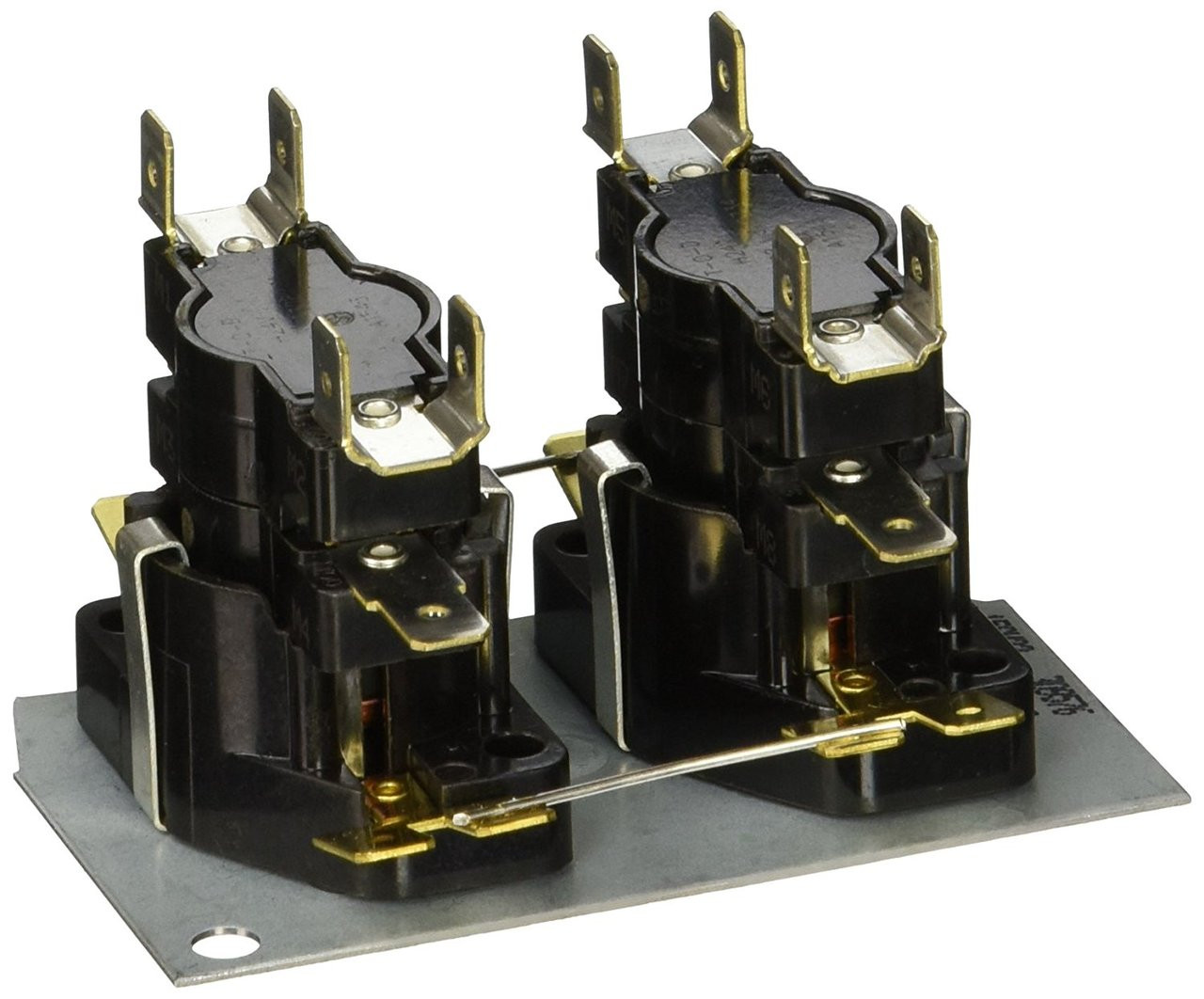
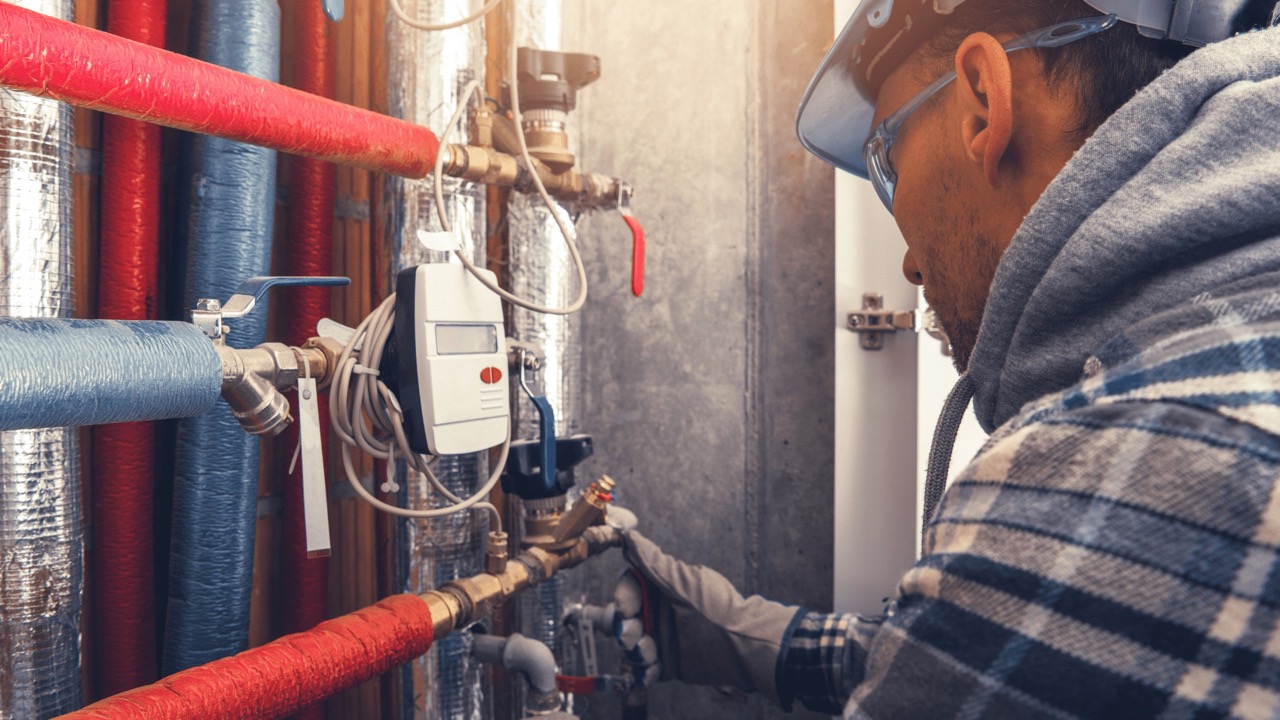
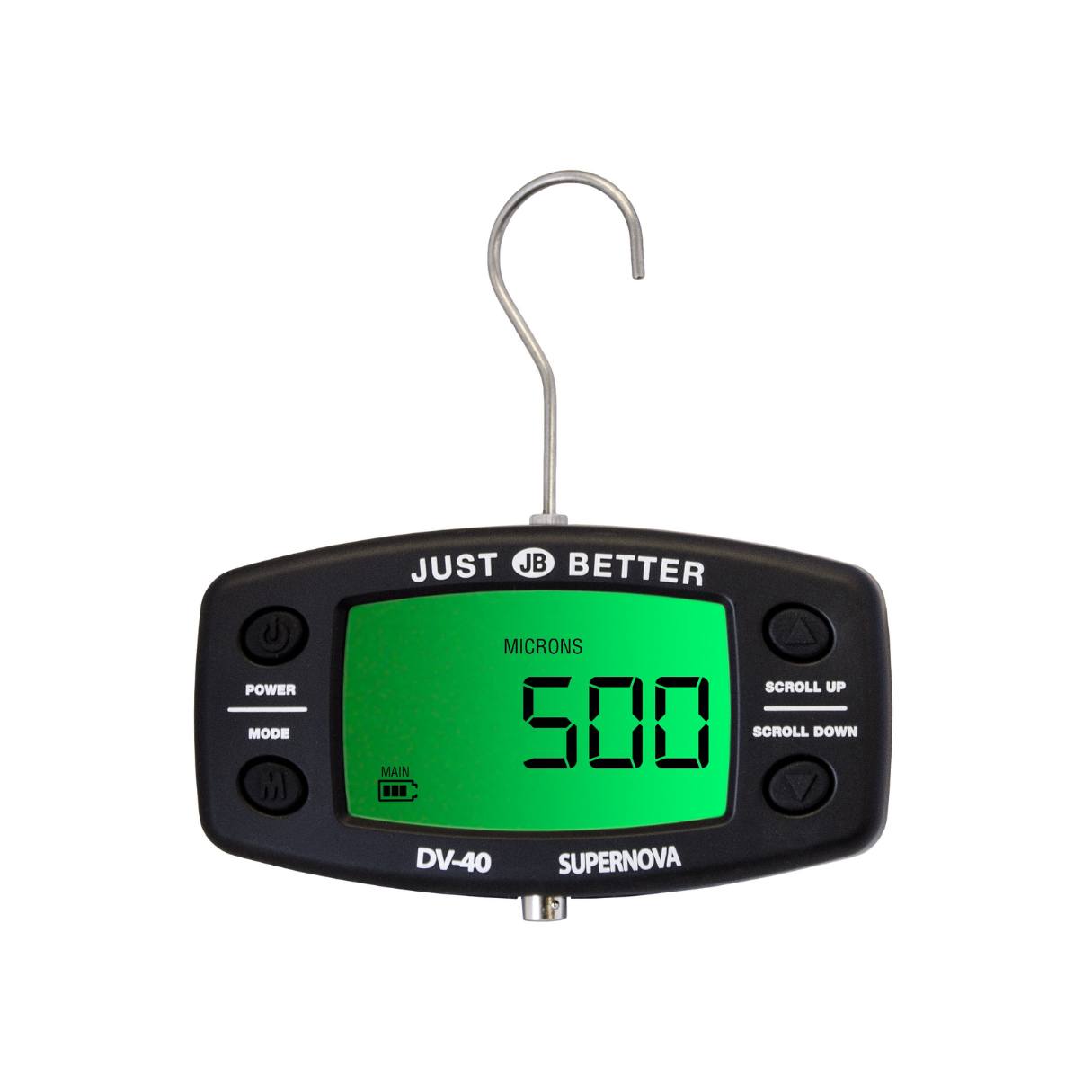
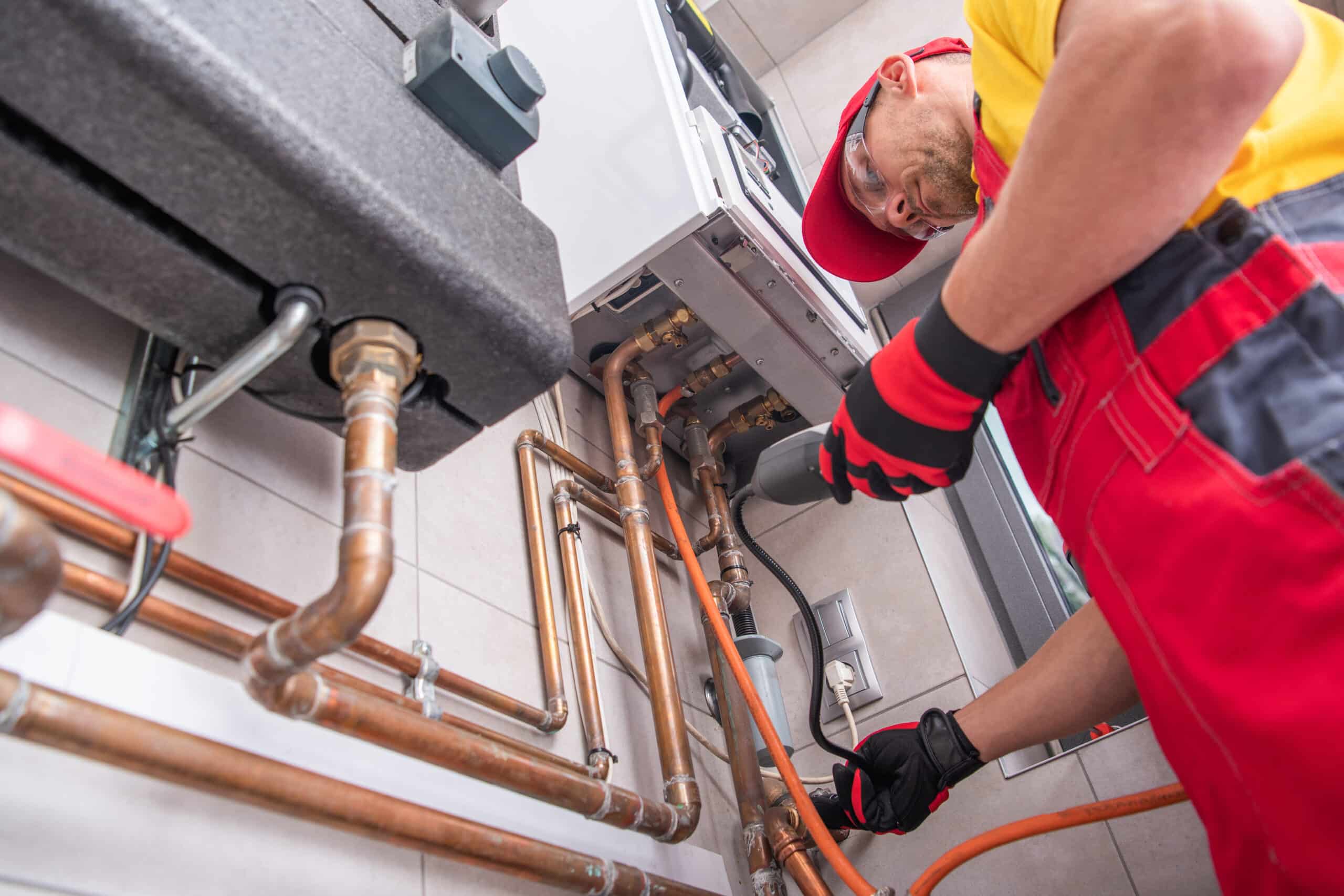
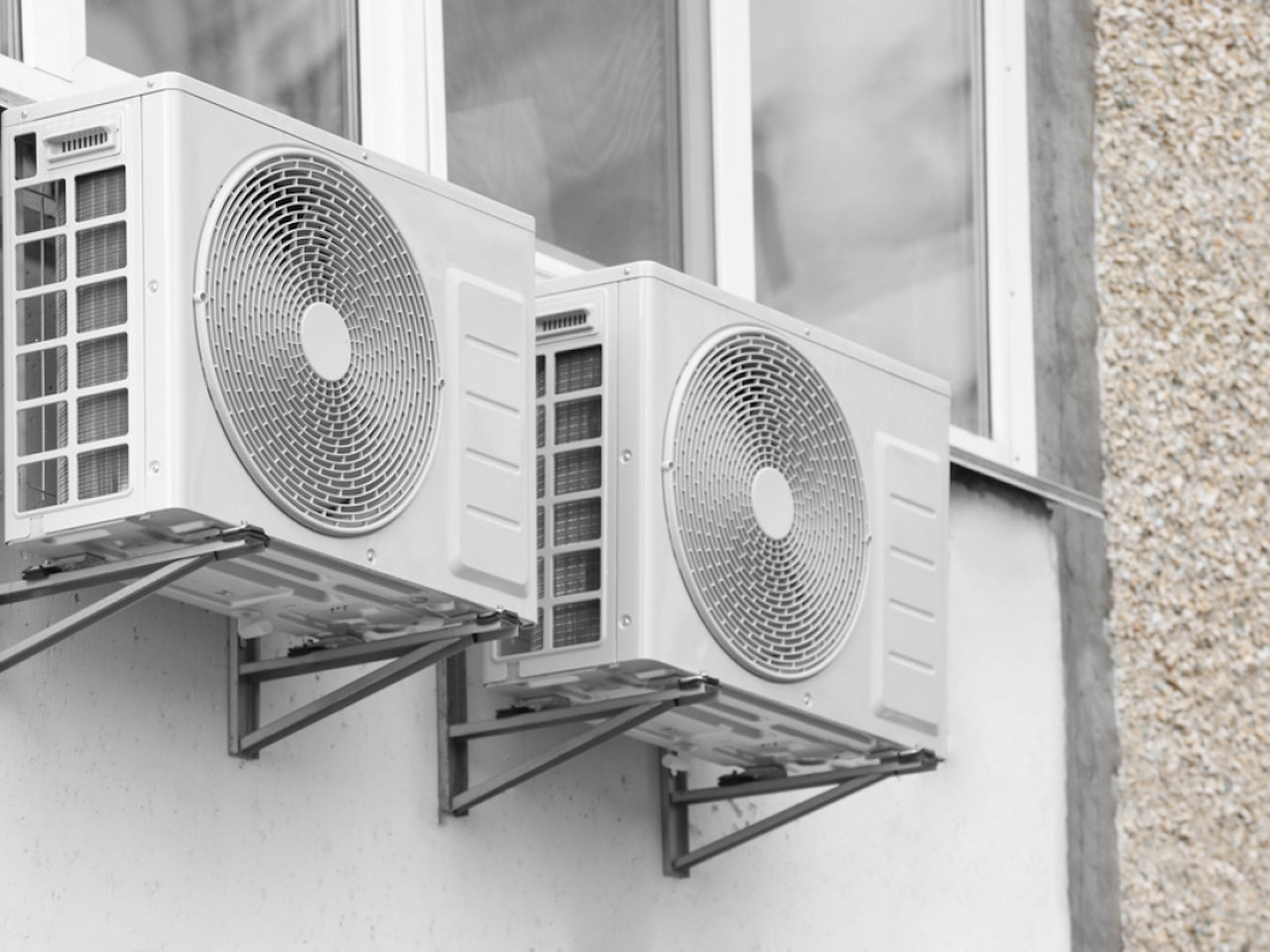
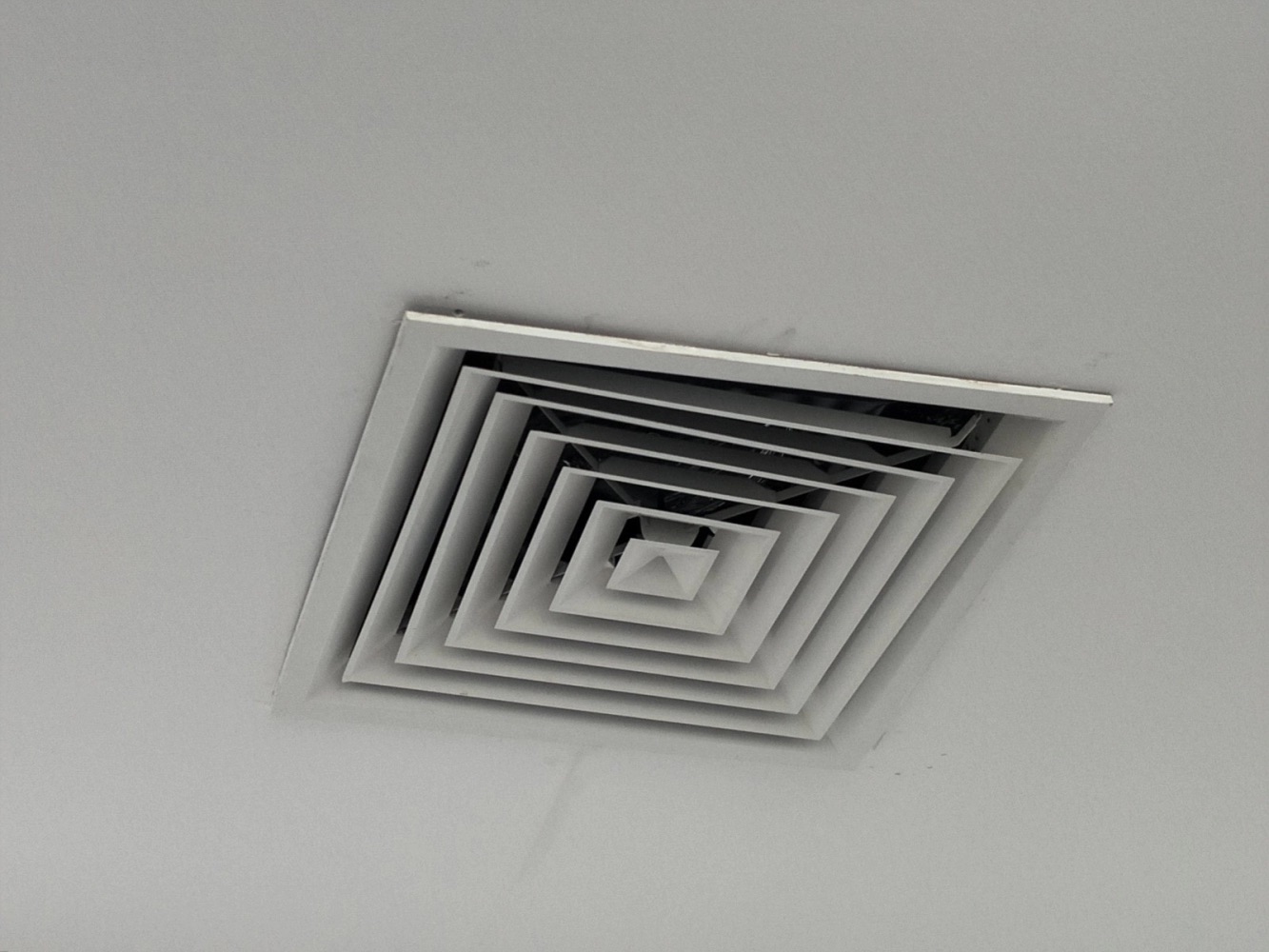
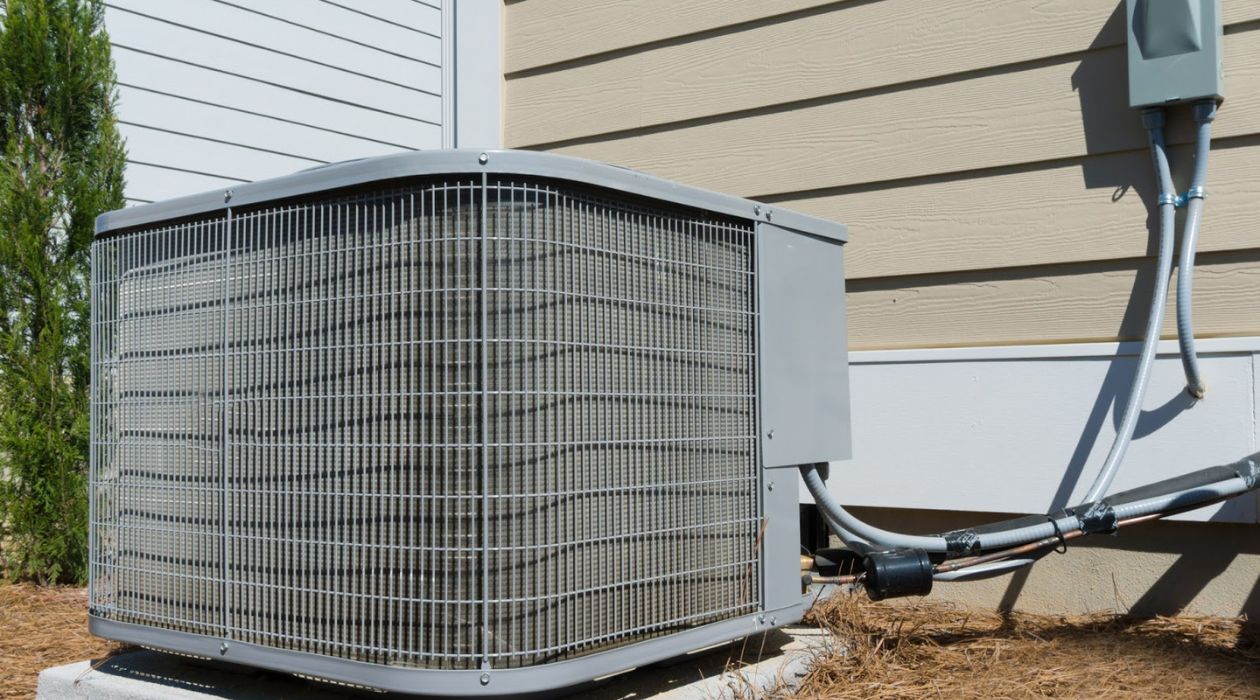
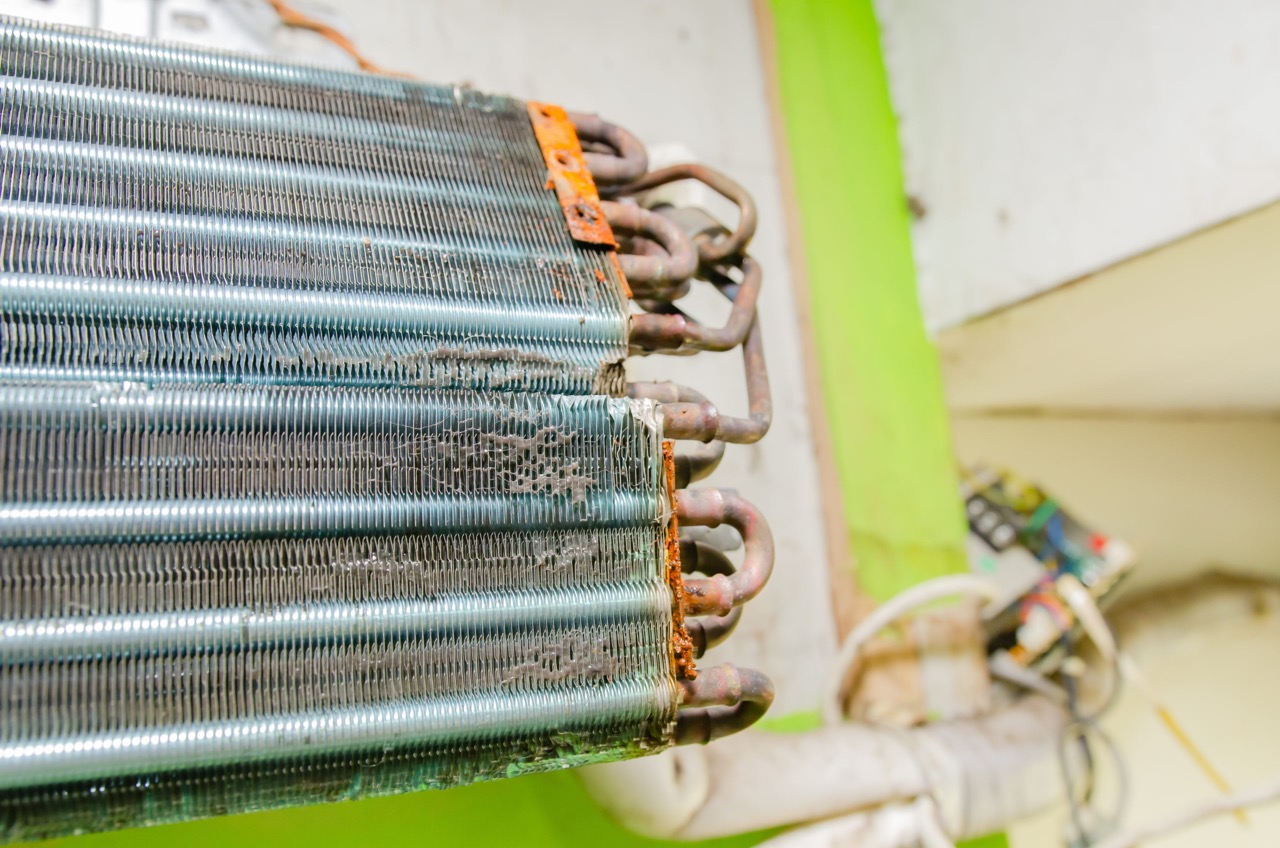

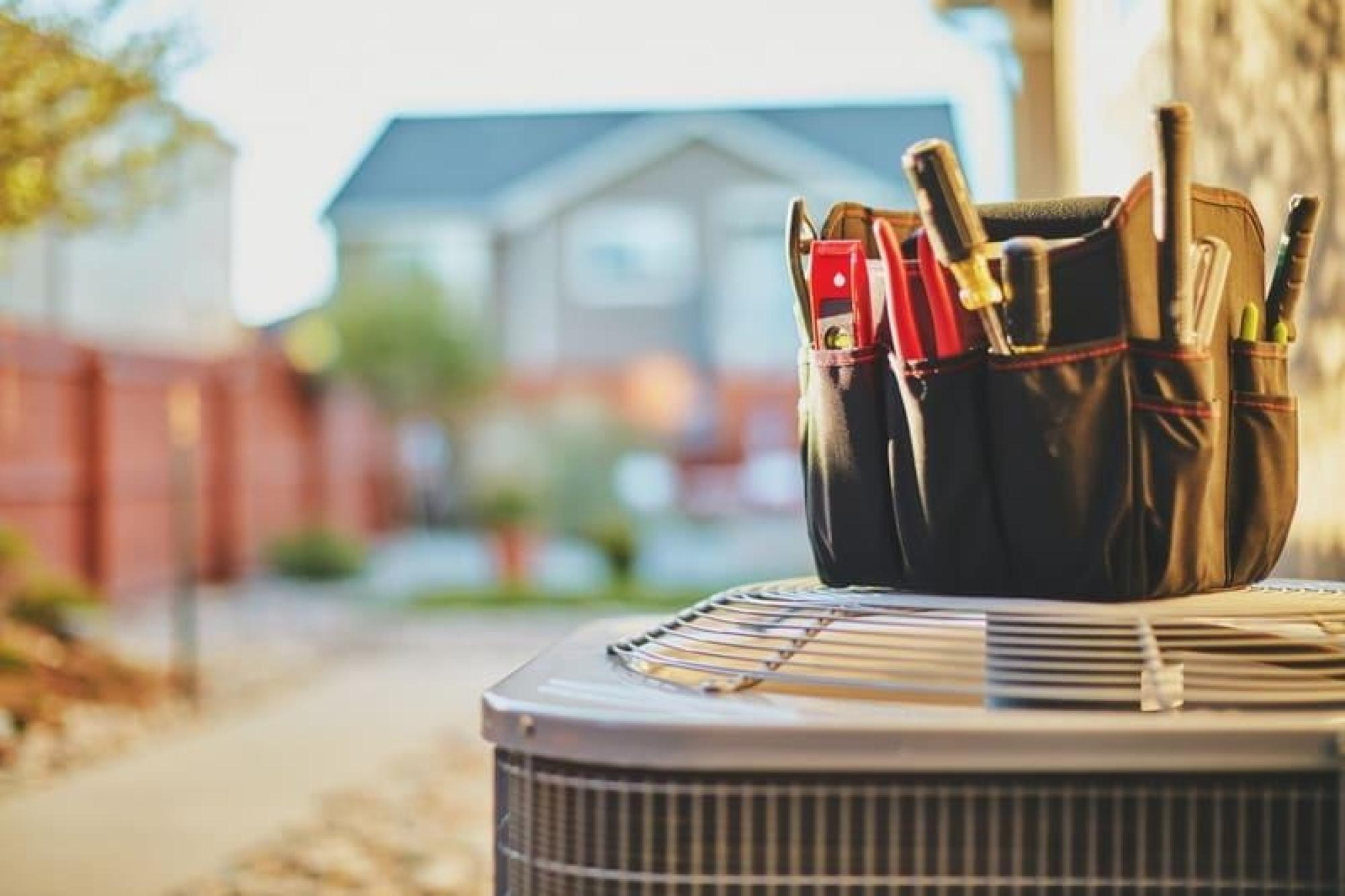
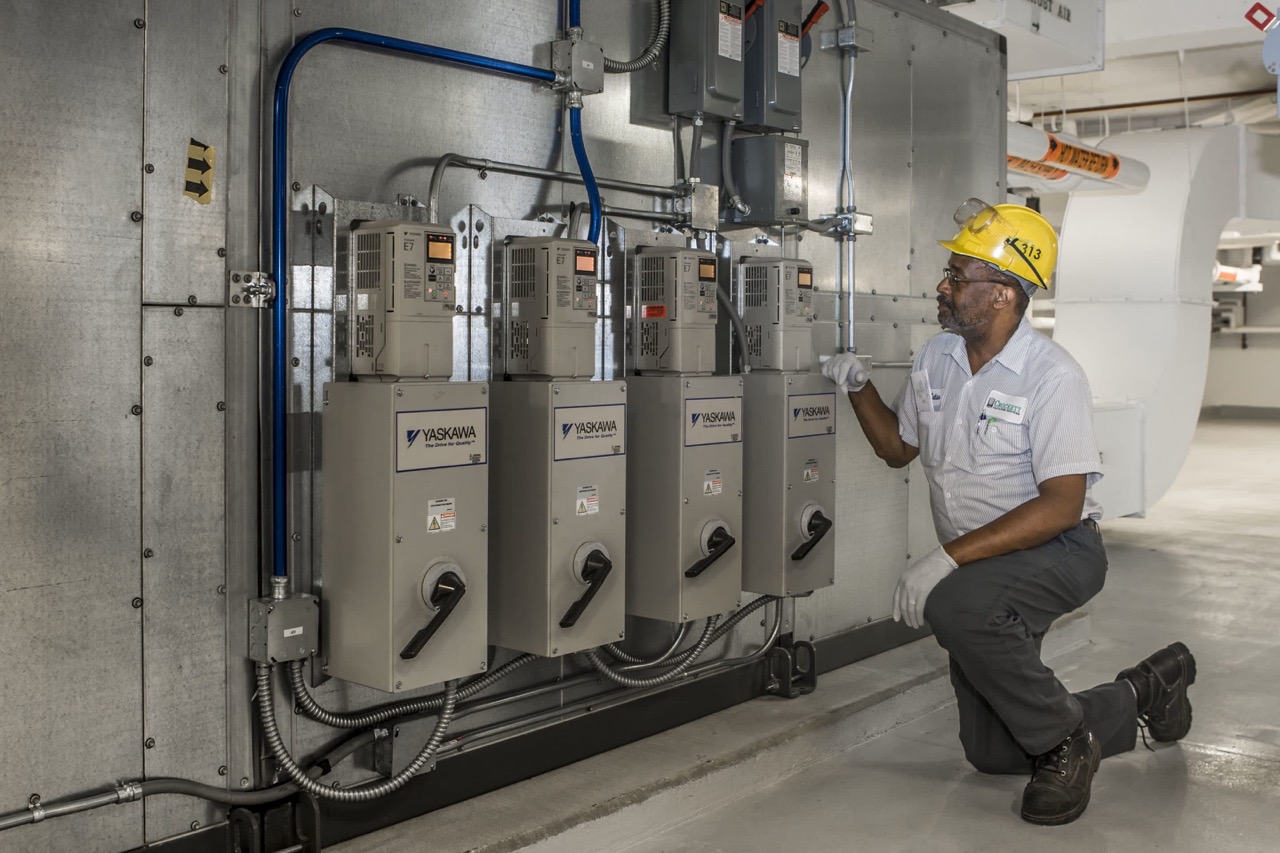
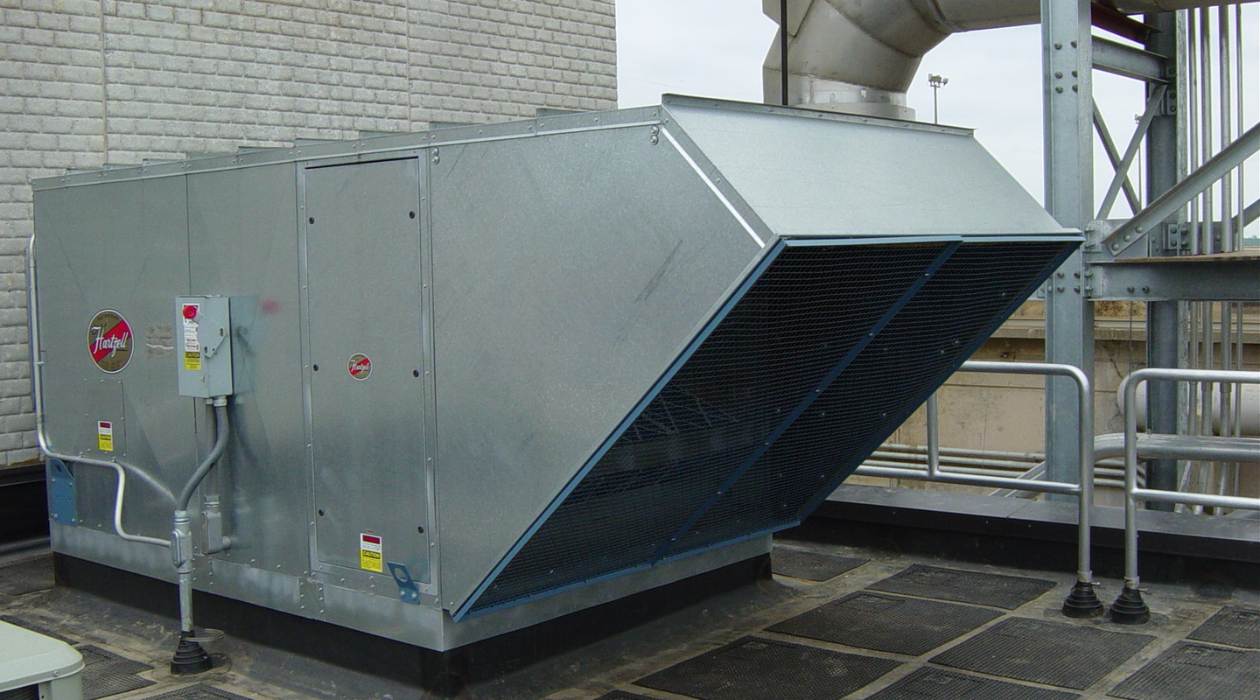

0 thoughts on “What Is HVAC Tape”